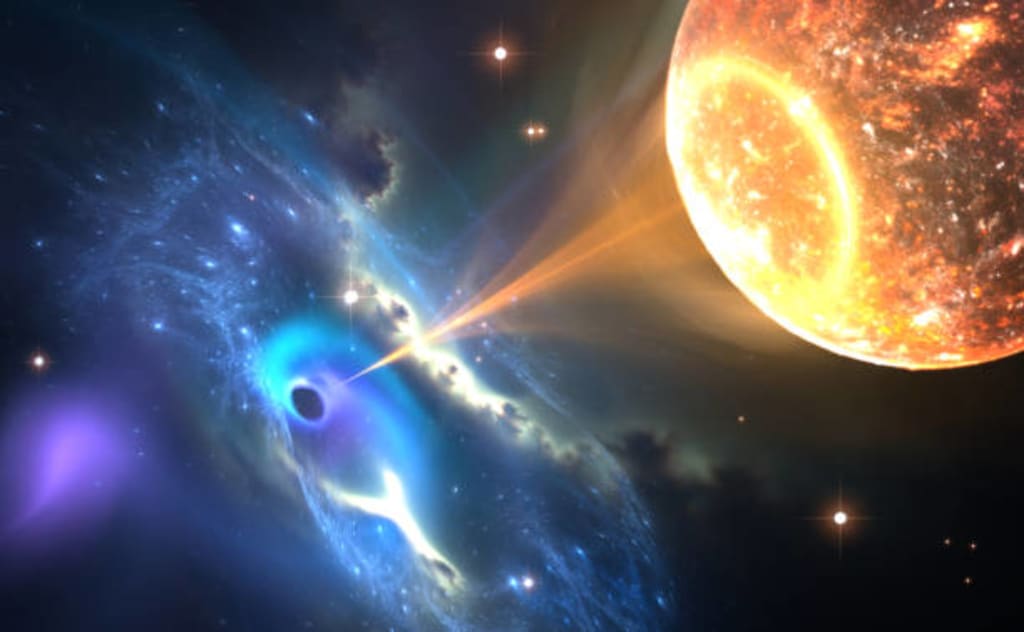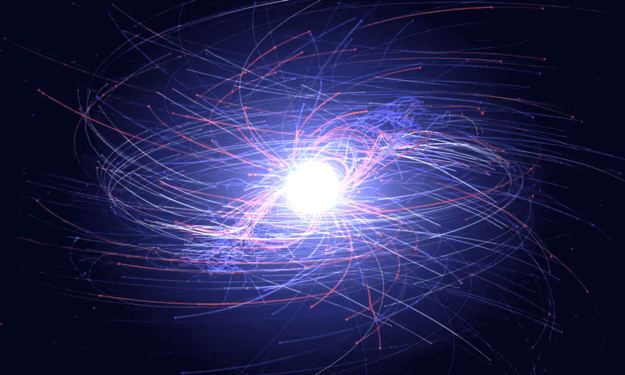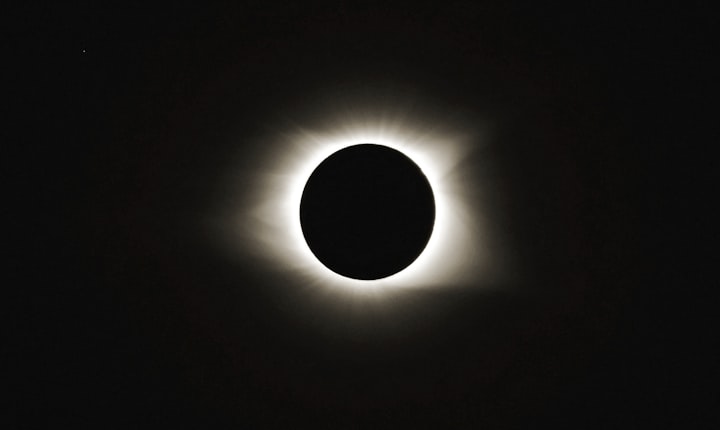Black hole vs Neutron star
The giants in the universe

Black holes and neutron stars are two of the most extreme objects in the universe, both formed under different circumstances and with vastly different properties. In this article, we will explore the differences between these two celestial bodies and how they are formed.
Black holes are formed when massive stars die and their cores collapse under the force of gravity. As the core collapses, the protons and electrons are forced together to form neutrons, creating an incredibly dense object from which nothing, not even light, can escape. Black holes are characterized by their mass, spin, and charge. They can range in size from a few miles to several hundred miles in diameter, with a mass of several times that of the sun.
On the other hand, neutron stars are formed when a star that is not massive enough to become a black hole explodes as a supernova. The outer layers of the star are blasted away, while the core collapses under the force of gravity. The protons and electrons are forced together to form neutrons, creating an incredibly dense object. Neutron stars are incredibly small, with a diameter of only around 12 miles and a mass of around 1.4 times that of the sun.
One of the most striking differences between black holes and neutron stars is their size. Black holes are incredibly large, while neutron stars are incredibly small. Additionally, the density of a neutron star is much higher than that of a black hole. A teaspoon of neutron star material would weigh around a billion tons.
Another major difference between the two is their magnetic field. Neutron stars possess incredibly strong magnetic fields, around a trillion times stronger than that of Earth. These strong magnetic fields are responsible for emitting intense radiation, making them visible from far away. On the other hand, black holes do not have a magnetic field as they do not have a surface.
In conclusion, black holes and neutron stars are two of the most extreme objects in the universe, both formed under different circumstances and with vastly different properties. Black holes are formed when massive stars die and their cores collapse under the force of gravity, while neutron stars are formed when a star that is not massive enough to become a black hole explodes as a supernova. They possess different properties and are vastly different in size and density.
In addition to their physical differences, black holes and neutron stars also have distinct effects on their surroundings.
Black holes, due to their immense gravity, can affect entire galaxies. For example, the supermassive black hole at the center of the Milky Way is thought to be responsible for the orbits of stars in the galaxy's central region. Additionally, supermassive black holes play a significant role in the evolution and behavior of galaxies, and are also thought to be related to the formation of galaxy clusters and large-scale structure in the universe.
On the other hand, neutron stars have a relatively small area of influence, but their intense magnetic fields can have a significant impact on their surroundings. These strong magnetic fields can emit intense radiation, making them visible from far away. They also can emit intense X-ray and gamma-ray emissions, and some neutron stars, known as pulsars, emit beams of radiation that rotate like a lighthouse. These beams can be used for a variety of astronomical studies, including the detection of gravitational waves.
Furthermore, neutron stars are also known for their extremely high surface gravity, at about 2*10^11 m/s^2, which is about 200 billion times stronger than Earth's gravity. This gravity is so strong that it warps the space-time around the neutron star, and causes the light from the surface to be strongly bent.
In summary, both black holes and neutron stars have unique effects on their surroundings. Black holes, due to their immense gravity, can affect entire galaxies and play a significant role in the evolution of galaxies. On the other hand, neutron stars have a relatively small area of influence but their intense magnetic fields and high surface gravity can have a significant impact on their surroundings and can be used for a variety of astronomical studies





Comments
There are no comments for this story
Be the first to respond and start the conversation.